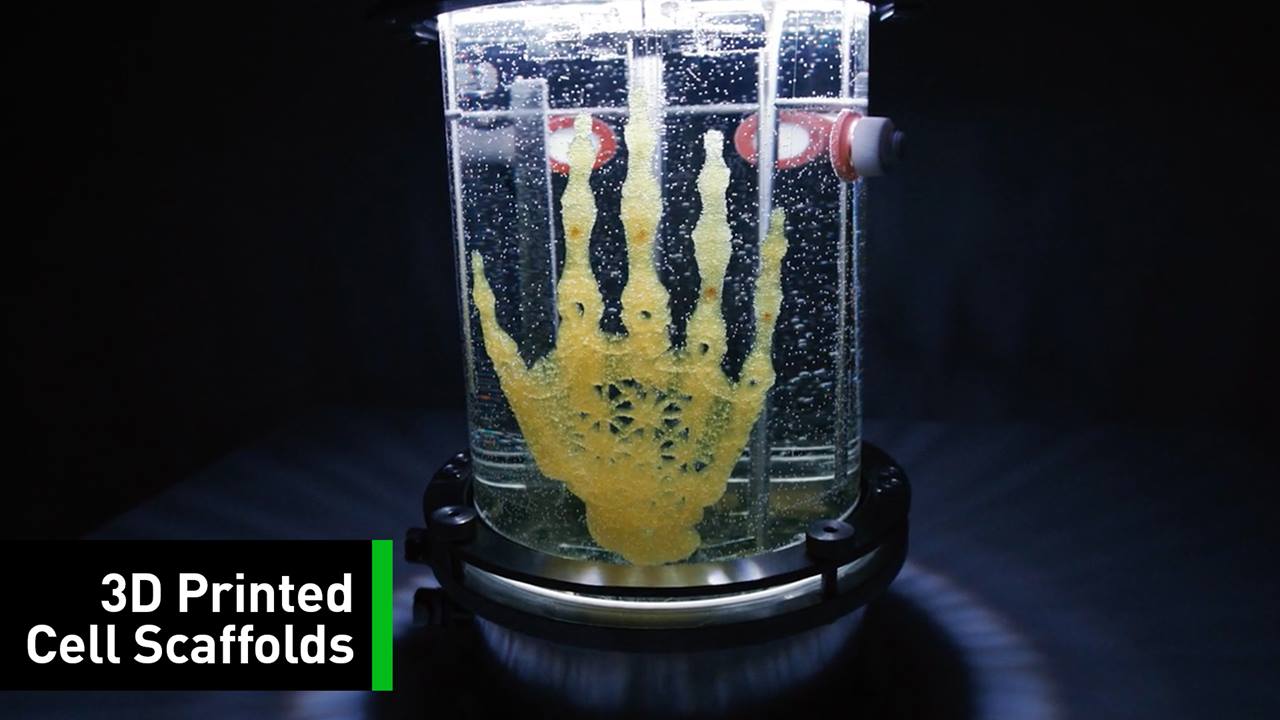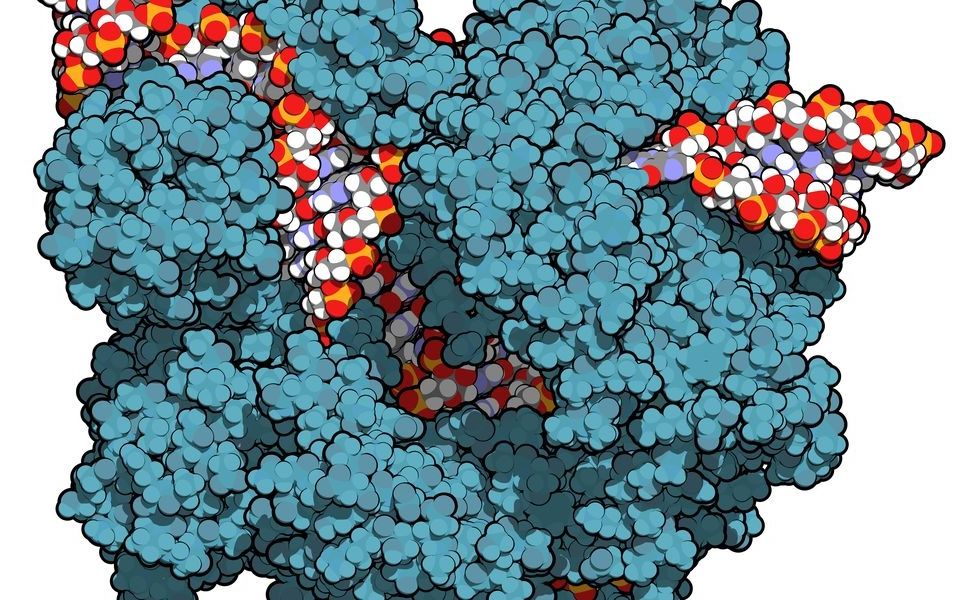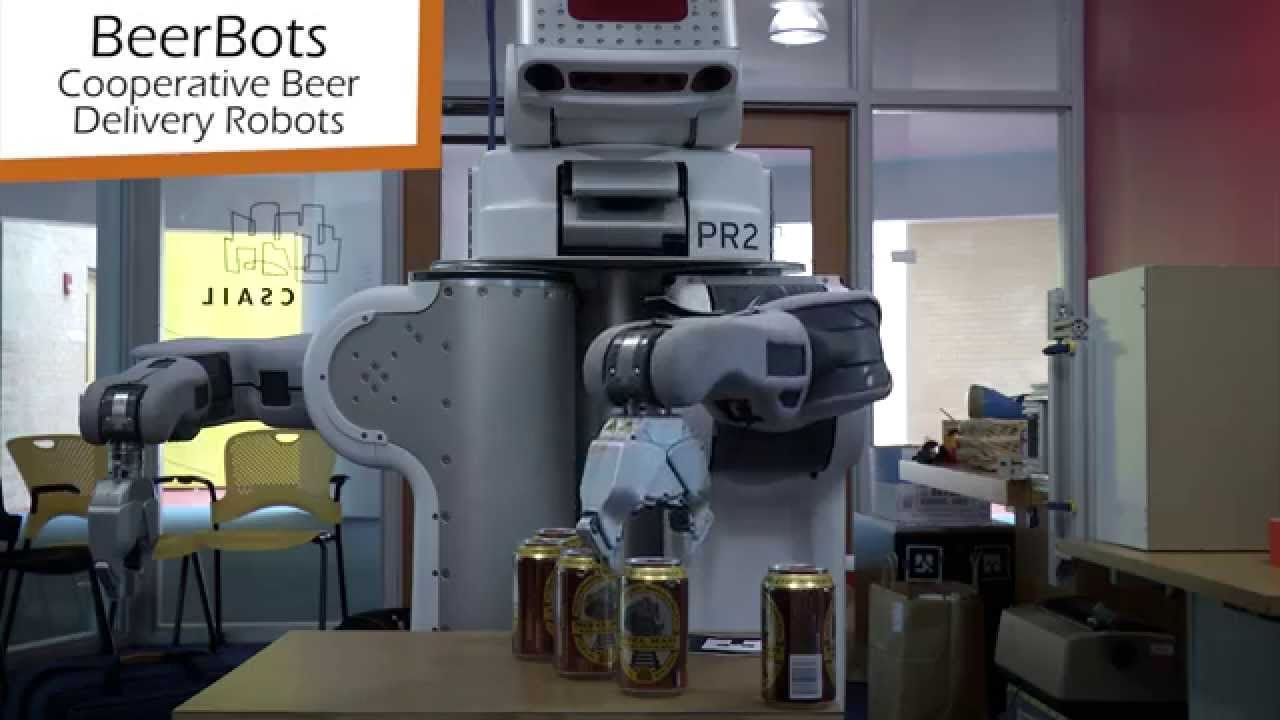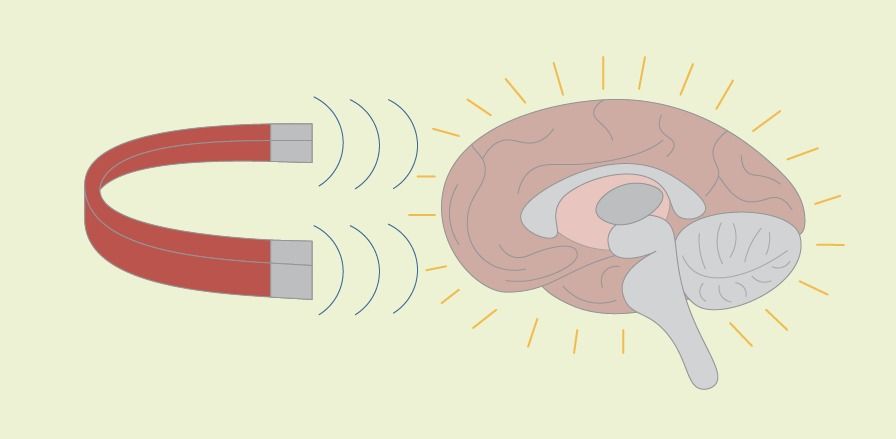Page 10328
Jan 6, 2017
CRISPR will be a huge story in 2017. Here are 7 things to look for
Posted by Shane Hinshaw in categories: biotech/medical, genetics
Jan 6, 2017
Life Insurance Company is Replacing Human Employees With AI
Posted by Shane Hinshaw in categories: employment, robotics/AI
In Brief
- Japanese life insurance company Fukoku Mutual is replacing 34 employees with AI derived from IBM’s Watson.
- Automation is securing its place now even outside of the manufacturing sector. While not all jobs are at risk of machine replacement, that list seems to be growing smaller.
Jan 6, 2017
Researchers uncover mechanism for cancer-killing properties of pepper plant
Posted by Steve Hill in category: biotech/medical
More progress with cancer using a senolytic compound found in Indian Long Peppers.
DALLAS – January 3, 2017 – UT Southwestern Medical Center scientists have uncovered the chemical process behind anti-cancer properties of a spicy Indian pepper plant called the long pepper, whose suspected medicinal properties date back thousands of years.
Jan 6, 2017
“Black-Hole Bonanza” –New NASA Image Reveals Highest Concentration of Supermassive Objects Ever Seen
Posted by Andreas Matt in category: cosmology
NASA’s Chandra X-ray Observatory has completed the deepest X-ray image ever obtained, made with over 7 million seconds of observing time revealing the best picture ever at the growth of black holes over billions of years beginning soon after the Big Bang. The central region of the image contains the highest concentration of supermassive black holes ever seen, equivalent to about 5,000 objects that would fit into the area of the full Moon and about a billion over the entire sky.
Jan 6, 2017
Transistor stretchier than skin for ultra-flexible wearable tech
Posted by Klaus Baldauf in categories: computing, wearables
A flexible transistor can stretch to twice its length without losing its conductive properties and could be used in electronic tattoo-style wearable sensors.
Jan 6, 2017
Can technology bring loved ones back to life?
Posted by Nicola Bagalà in category: life extension
Hey folks, want to help the Life Extension Advocacy Foundation get dr. Michio Kaku’s attention? Like this comment on Kaku’s page by Keith Comito:
https://www.facebook.com/michiokaku/posts/10154741076206203
Thanks!
Continue reading “Can technology bring loved ones back to life?” »
Jan 6, 2017
A Team Of MIT Bartender Robots Serves Beer More Efficiently
Posted by Shane Hinshaw in category: robotics/AI
Jan 5, 2017
Stimulating Neural Circuits with Magnetism
Posted by Karen Hurst in category: neuroscience
Interesting and I remember coming across similar research a few years ago.
Brain stimulation might sound like some Frankensteinian demonstration from a Victorian science fair. But in reality, it is a contemporary technique making a huge impact in neuroscience by addressing a longstanding limitation of traditional methods for investigating human brain function. Such techniques, like EEG and fMRI, can only be used to infer the effects of a stimulus or task on brain activity, and not vice versa. For example, a scientist might use EEG to study the effect of a task like arm movement on brain activity, but how can one study the effect of brain activity on arm movement?
Today, noninvasive brain stimulation techniques such as transcranial magnetic stimulation (TMS) are offering alternatives to old paradigms. TMS can excite or suppress underlying brain tissue safely and ethically, allowing researchers to study causal relationships between brain circuits and behavior. What’s more, TMS may have therapeutic value in treating brain disorders such as depression.
Continue reading “Stimulating Neural Circuits with Magnetism” »

















